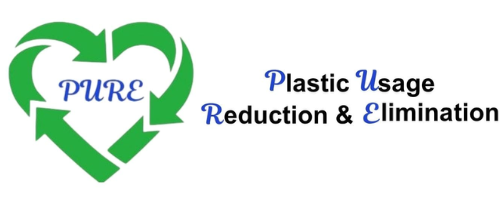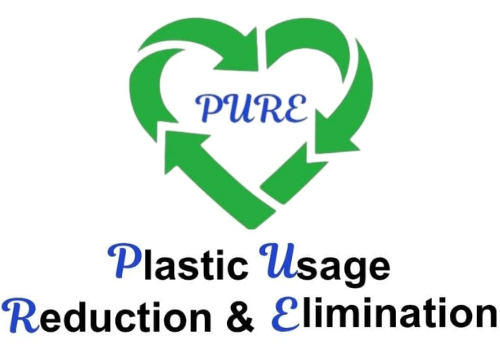The Plastic Plague
Lesser Plastic, Greener Planet
This presentation, The Plastic Plague, powerfully highlights one of the most pressing environmental crises of our times: plastic pollution. This presentation isn’t just a data dump but a thoughtful narrative about how plastics have invaded every corner of our planet and even our bodies, and what we can do as individuals and communities to counter this modern-day plague.
The presentation opens by acknowledging how plastics have become inseparable from our daily lives. From toothbrushes to packaging, cutlery to electronics, plastic’s durability, affordability, and versatility have made it the go-to material for countless applications. However, the very qualities that make plastic useful have made it an environmental nightmare.
A critical section of the presentation outlines the life cycle of plastic, starting from raw material extraction to production, distribution, usage, and finally waste disposal. Most plastic, after a single use, ends up in landfills, oceans, or as litter, rather than being effectively recycled or repurposed. The reality is grim; plastic doesn’t decompose. Instead, it breaks down into microplastics that not only pollute the environment but also enter the food chain, accumulating in animal tissues and, ultimately, in human bodies.
The presentation includes impactful visuals on how plastic accumulates in natural landscapes and oceans. It details how everyday plastic waste, much of it disposable, is swept into water bodies and slowly fragments into smaller particles, harming marine life and disrupting ecosystems. This point is driven home with the fact that the durability of plastic, which was once seen as an advantage, is now one of its most dangerous attributes.
Why do people still use so much plastic? The presentation fairly addresses this by listing the practical reasons: it’s cost-effective, lightweight, waterproof, malleable, and mass-producible. However, it argues persuasively that the costs of plastic far outweigh its benefits. Plastic pollution harms wildlife, contributes to global warming, threatens biodiversity, and poisons the food and water we rely on.
An interesting part of the presentation debunks common myths surrounding plastic usage. It clarifies misconceptions like “most plastic is recycled” (when in fact, only a small percentage is) and warns against the false security of labels like ‘biobased plastics’ or recycling triangles, which don’t always guarantee eco-friendliness or recyclability.
The presentation then introduces PURE (Plastic Usage Reduction & Elimination), a nonprofit initiative aimed at cutting down plastic consumption. PURE’s mission is to educate people about the impact of plastic on their health and the environment and offer practical, community-driven solutions.
Two inspiring projects run by PURE are highlighted:
- Decoration Bank: A free library of event decorations (for birthdays, baby showers, festivals, etc.) that people can borrow instead of buying disposable plastic decor.
- Reusable Cutlery Sets: Eco-friendly kits containing a steel spoon, fork, and compact pouch that can be used at parties, picnics, or even day-to-day, reducing single-use plastic cutlery.
The concluding slides deliver a heartfelt appeal for personal accountability. It encourages people to begin by making small, conscious swaps at home, such as switching from plastic toothbrushes to bamboo ones, from disposable to reusable cutlery, and carrying their own pouches and bottles. The presentation reflects on how personal choices, when multiplied across communities, can drive meaningful environmental change. It reminds us that we’re willing to carry a 500g phone everywhere but hesitate to carry a 100g pouch of reusable cutlery, a striking example of how convenience has clouded our judgment.
The message is clear: don’t wait for Earth Day or someone else to start; change begins with us, today.

